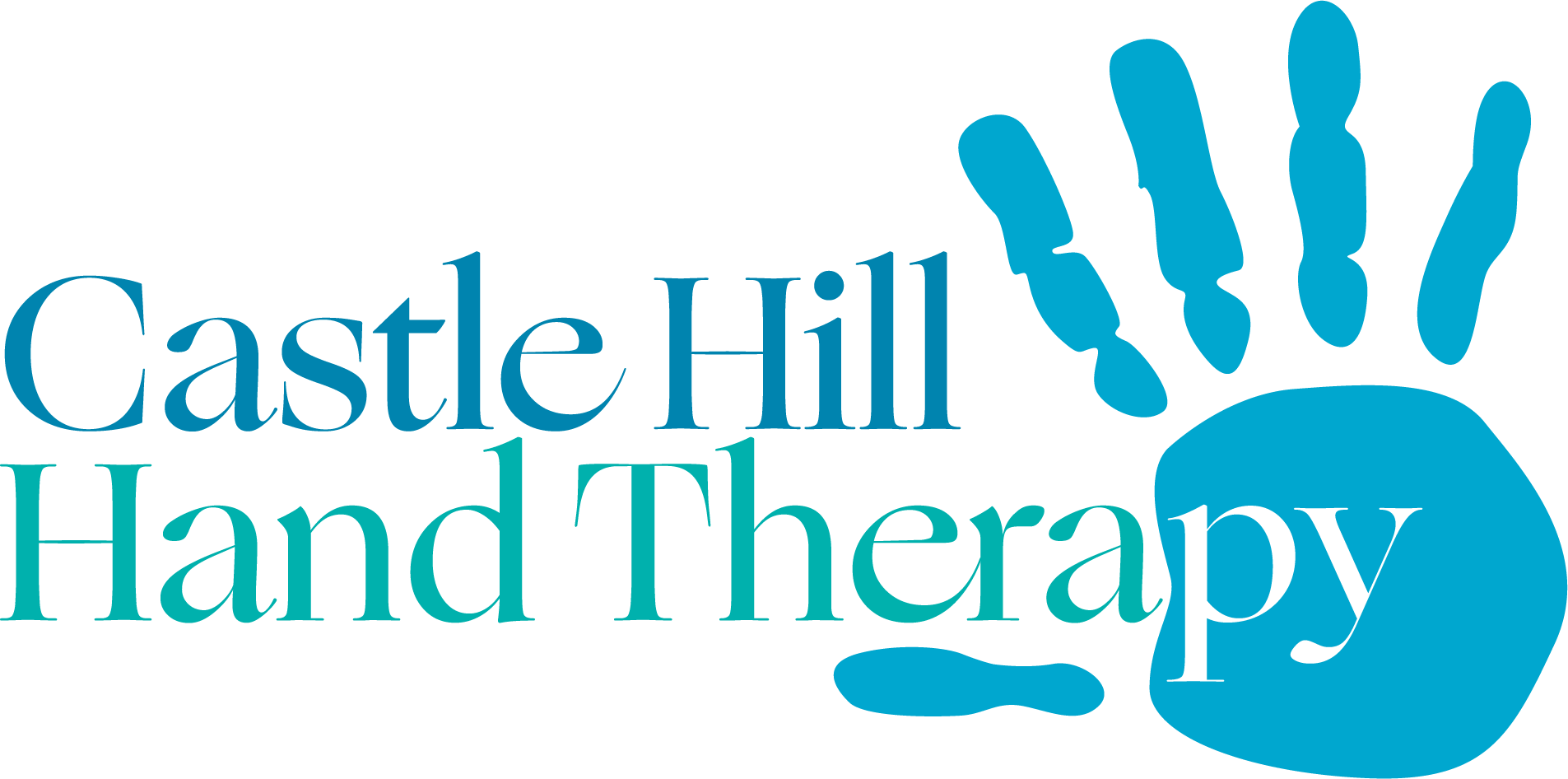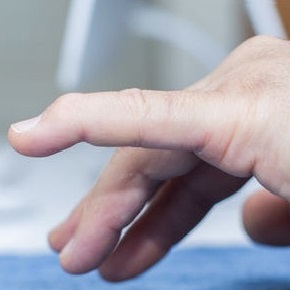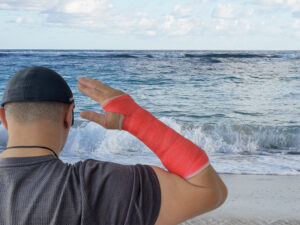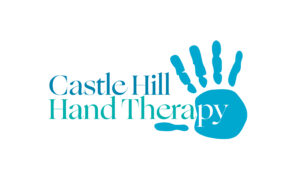Mallet finger injury:
A mallet finger injury presents with the tip of the finger being unable to straighten by itself. The fingertip is drooping. Even when pushed into a straight position, it is unable to stay there. This injury does not resolve by itself and the best results arise from early management.
The most common causes for a mallet finger injury are making the bed, pulling up socks and a ball hitting the finger.
There are two types of mallet finger injury:
- Bony mallet = when a small piece of bone has been broken off the fingertip bone by the pulling of the extensor tendon, also known as a dorsal avulsion fracture of the distal phalanx
- Tendinous mallet = when the tendon has torn and is no longer connected to the bone, also known as an extensor tendon disruption
Your management will depend on which of the two injuries you have sustained, so it is common to be referred by your hand therapist or GP for an XRay during your initial visit.
Splint/Orthosis:
Your hand therapist will custom make you an orthosis/splint which will be worn full time for a number of weeks to allow for healing of the bone or tendon, followed by a graded weaning period. Your orthosis will benefit from adjustments over time as you improve and your skin will be checked.
If you have seen a GP, hospital or a general physiotherapist, you may have been provided with an off the shelf splint, had tape applied or even a tongue depressor, but these are temporary measures and often aren’t holding the fingertip in the best position for healing.
Finger Position:
The fingertip position required for healing will depend on your individual injury. Your fingertip should be supported at all times, even when the orthosis is removed, to avoid stretching or moving the healing structures. Any time the fingertip is unsupported or bends will interrupt the healing, increase the time for recovery and risk a less optimal result.
Exercises:
Your hand therapist will provide you with an exercise program to prevent stiffness at the middle finger joint. Simple exercises will be completed whilst wearing the orthosis on your finger.
Activity:
It is recommended to avoid heavy lifting and firm gripping activities, even whilst wearing the orthosis, due to the requirement of the fingertips to bend for these tasks.
It is also important not to leave the finger sticking out on its own, so try to keep it in a normal posture with the other fingers.
Keep the middle joint of the involved finger moving frequently throughout the day.
Goal of hand therapy:
The main goal of hand therapy is to avoid a permanent extensor lag, which is long term drooping of the finger tip, or a secondary complication such as a swan neck deformity, when the middle finger joint bends backwards. If you have concerns regarding development of these conditions, let your hand therapist know immediately and they can help.
If your finger is drooping, Belinda can custom make an orthosis for your mallet finger injury, and provide you with an exercise program and advice to optimise your recovery. Send an email or call Belinda at Castle Hill Hand Therapy today.







